कोणार्क सूर्य मंदिर
( Konark Sun Temple )
Konark Sun Temple is a 13th-century CE (year 1250) Sun temple at Konark about 35 kilometres (22 mi) northeast from Puri city on the coastline in Puri district, Odisha, India. The temple is attributed to king Narasimhadeva I of the Eastern Ganga dynasty about 1250 CE.
Dedicated to the Hindu Sun God Surya, what remains of the temple complex has the appearance of a 100-foot (30 m) high chariot with immense wheels and horses, all carved from stone. Once over 200 feet (61 m) high, much of the temple is now in ruins, in particular the large shikara tower over the sanctuary; at one time this rose much higher than the mandapa that remains. The structures and elements that have survived are famed for their intricate artwork, iconography, and themes, including erotic kama and mithuna scenes. Also called the Surya Devalaya, it is a classic illustration of the Odisha style of Architecture or Kalinga architecture....Read more
Konark Sun Temple is a 13th-century CE (year 1250) Sun temple at Konark about 35 kilometres (22 mi) northeast from Puri city on the coastline in Puri district, Odisha, India. The temple is attributed to king Narasimhadeva I of the Eastern Ganga dynasty about 1250 CE.
Dedicated to the Hindu Sun God Surya, what remains of the temple complex has the appearance of a 100-foot (30 m) high chariot with immense wheels and horses, all carved from stone. Once over 200 feet (61 m) high, much of the temple is now in ruins, in particular the large shikara tower over the sanctuary; at one time this rose much higher than the mandapa that remains. The structures and elements that have survived are famed for their intricate artwork, iconography, and themes, including erotic kama and mithuna scenes. Also called the Surya Devalaya, it is a classic illustration of the Odisha style of Architecture or Kalinga architecture.
The cause of the destruction of the Konark temple is unclear and still remains a source of controversy. Theories range from natural damage to deliberate destruction of the temple in the course of being sacked several times by Muslim armies between the 15th and 17th centuries. This temple was called the "Black Pagoda" in European sailor accounts as early as 1676 because it looked like a great tiered tower which appeared black. Similarly, the Jagannath Temple in Puri was called the "White Pagoda". Both temples served as important landmarks for sailors in the Bay of Bengal. The temple that exists today was partially restored by the conservation efforts of British India-era archaeological teams. Declared a UNESCO World Heritage Site in 1984, it remains a major pilgrimage site for Hindus, who gather here every year for the Chandrabhaga Mela around the month of February.
Konark Sun Temple is depicted on the reverse side of the Indian currency note of 10 rupees to signify its importance to Indian cultural heritage.
Konark, also referred to in Indian texts by the name Kainapara, was a significant trading port by the early centuries of the common era.[1] The current Konark temple dates to the 13th century, though evidence suggests that a sun temple was built in the Konark area by at least the 9th century.[2] Several Puranas mention Surya worship centers in Mundira, which may have been the earlier name for Konark, Kalapriya (Mathura), and Multan (now in Pakistan).[3] The Chinese Buddhist pilgrim and traveler
According to the Madala Panji, there was at one time another temple in the region built by Pundara Kesari. He may have been Puranjaya, the 7th-century ruler of the Somavamshi dynasty.[4]
ConstructionThe current temple is attributed to Narasimhadeva I of the Eastern Ganga dynasty, r. 1238–1264 CE– . It is one of the few Hindu temples whose planning and construction records written in Sanskrit in the Odia script have been preserved in the form of palm leaf manuscripts that were discovered in a village in the 1960s and subsequently translated.[5] The temple was sponsored by the king, and its construction was overseen by Shiva Samantaraya Mahapatra. It was built near an old Surya temple. The sculpture in the older temple's sanctum was re-consecrated and incorporated into the newer larger temple. This chronology of temple site's evolution is supported by many copper plate inscriptions of the era in which the Konark temple is referred to as the "great cottage".[6]
According to James Harle, the temple as built in the 13th century consisted of two main structures, the dance mandapa and the great temple (deul). The smaller mandapa is the structure that survives; the great deul collapsed sometime in the late 16th century or after. According to Harle, the original temple "must originally have stood to a height of some 225 feet (69 m)", but only parts of its walls and decorative mouldings remain.[7]
Damage and ruins A lithography plate from James Fergusson's "Ancient Architecture in Hindoostan" (1847) showing part of the main tower still standing
A lithography plate from James Fergusson's "Ancient Architecture in Hindoostan" (1847) showing part of the main tower still standingThe temple was in ruins before its restoration. Speculation continues as to the cause of the destruction of the temple. Early theories stated that the temple was never completed and collapsed during construction. This is contradicted by textual evidence and evidence from inscriptions. The Kenduli copper plate inscription of 1384 CE from the reign of Narasimha IV seems to indicate that the temple was not only completed but an active site of worship. Another inscription states that various deities in the temple were consecrated, also suggesting that construction of the temple had been completed.[8] A non-Hindu textual source, the Akbar-era text Ain-i-Akbari by Abul Fazl dated to the 16th century, mentions the Konark temple,[6] describing it as a prosperous site with a temple that made visitors "astonished at its sight", with no mention of ruins.[8][9][10] 200 years later, during the reign of the Marathas in Odisha in the 18th century, a Maratha holy man found the temple abandoned and covered in overgrowth. The Marathas relocated the temple's Aruna stambha (pillar with Aruna the charioteer seated atop it) to the Lion's Gate entrance of the Jagannath Temple in Puri.
Texts from the 19th century do mention ruins, which means the temple was damaged either intentionally or through natural causes sometime between 1556 and 1800 CE. After the Sun Temple ceased to attract faithful, Konark became deserted, left to disappear in dense forests for years.[11]
According to Thomas Donaldson, evidence suggests that the damage and the temple's ruined condition can be dated to between the late 16th century and the early 17th century from the records of various surveys and repairs found in early 17th-century texts. These also record that the temple remained a site of worship in the early 17th century. These records do not state whether the ruins were being used by devotees to gather and worship, or part of the damaged temple was still in use for some other purpose.[12]
Aruna StambhaIn the last quarter of the 18th century, the Aruna stambha (Aruna pillar) was removed from the entrance of Konark temple and placed at the Singha-dwara (Lion's Gate) of the Jagannath temple in Puri by a Maratha Brahmachari named Goswain (or Goswami).[13][14] The pillar, made of monolithic chlorite, is 33 feet 8 inches (10.26 m) tall and is dedicated to Aruna, the charioteer of the Sun god.[14]
Preservation efforts Watercolour painting of two European officers with a dog exploring the interior, 1812
Watercolour painting of two European officers with a dog exploring the interior, 1812In 1803 the East India Marine Board requested the Governor General of Bengal that conservation efforts be undertaken. However, the only conservation measure put in place at the time was to prohibit further removal of stones from the site. Lacking structural support, the last part of the main temple still standing, a small broken curved section, collapsed in 1848.[15] The main temple is completely lost now.[16]
The then-Raja of Khurda, who had jurisdiction over this region in the early 19th century, removed some stones and sculptures to use in a temple he was building in Puri. A few gateways and some sculptures were destroyed in the process.[17] In 1838 the Asiatic Society of Bengal requested that conservation efforts be undertaken, but the requests were denied, and only measures to prevent vandalism were put in place.[15]
In 1859 the Asiatic Society of Bengal proposed, and in 1867 attempted to relocate an architrave of the Konark temple depicting the navagraha to the Indian Museum in Calcutta. This attempt was abandoned as funds had run out.[15] In 1894 thirteen sculptures were moved to the Indian Museum. Local Hindu population objected to further damage and removal of temple ruins. The government issued orders to respect the local sentiments.[15] In 1903, when a major excavation was attempted nearby, the then-Lieutenant governor of Bengal, J. A. Bourdillon, ordered the temple to be sealed and filled with sand to prevent the collapse of the Jagamohana. The Mukhasala and Nata Mandir were repaired by 1905.[8][18]
 Sound and light show in Konark Temple
Sound and light show in Konark TempleIn 1906 casuarina and punnang trees were planted facing the sea to provide a buffer against sand-laden winds.[15] In 1909 the Mayadevi temple was discovered while removing sand and debris.[15] The temple was granted World Heritage Site status by the UNESCO in 1984.[19]
On 8 September 2022, the ASI started removing the sand from Jagamohana which will be completed in three years. The necessary support of stainless steel beams will be installed inside the temple and repairs will be carried out.[16]

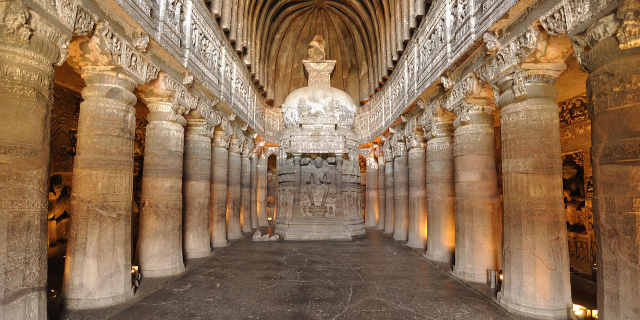


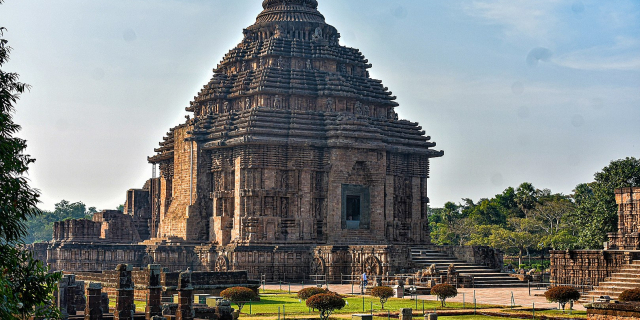
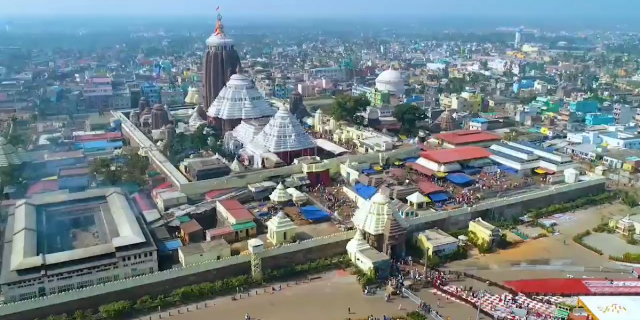

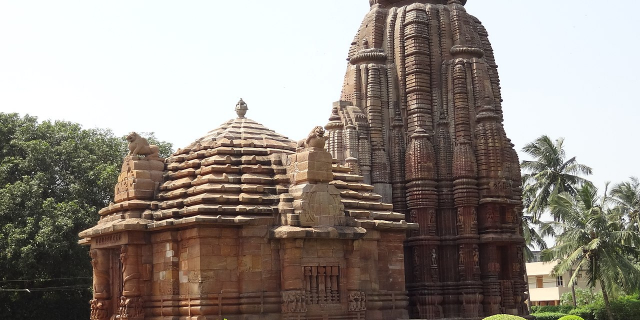

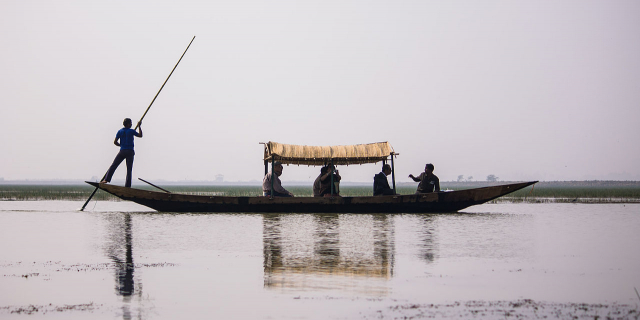




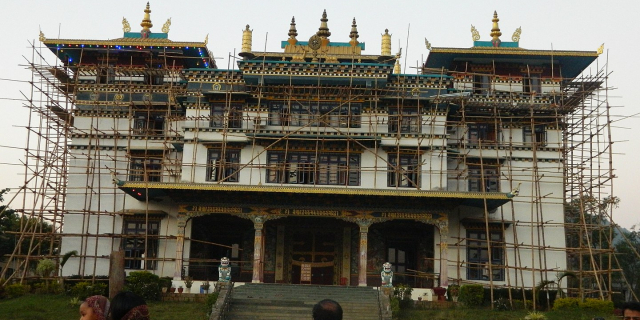

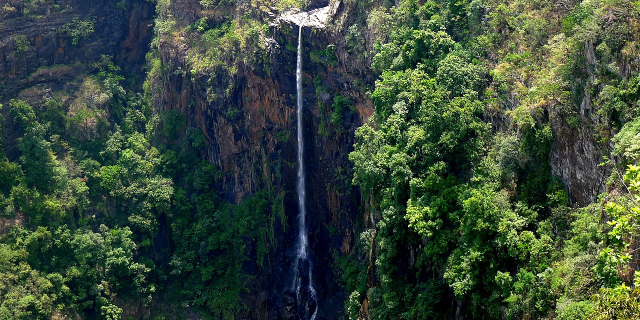

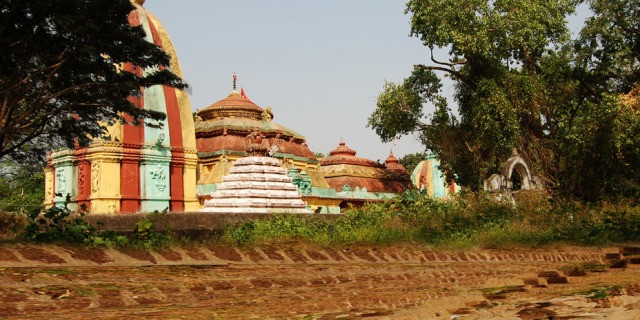

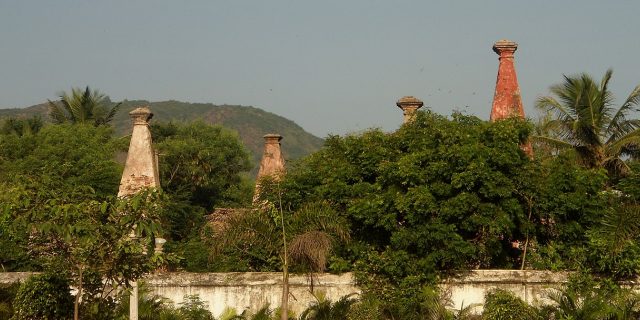

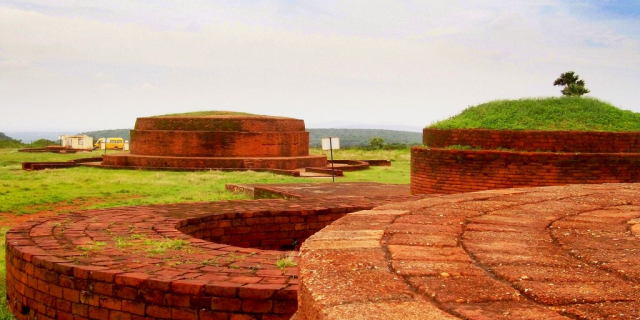
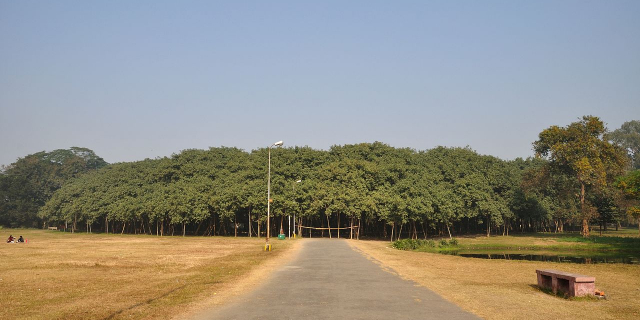

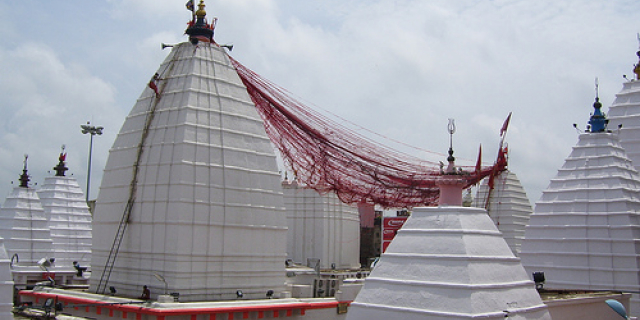


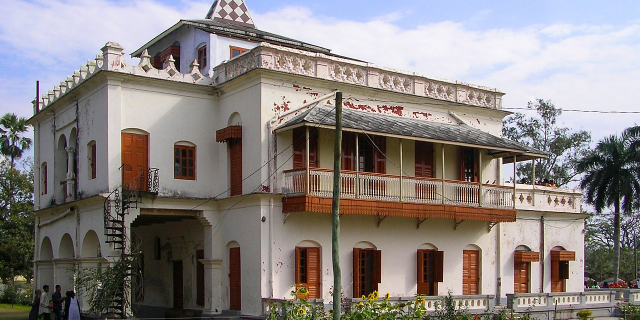

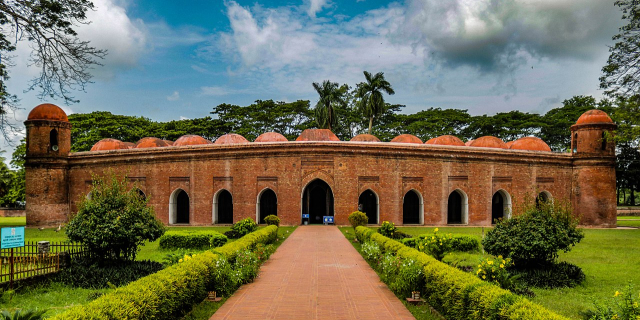

Add new comment